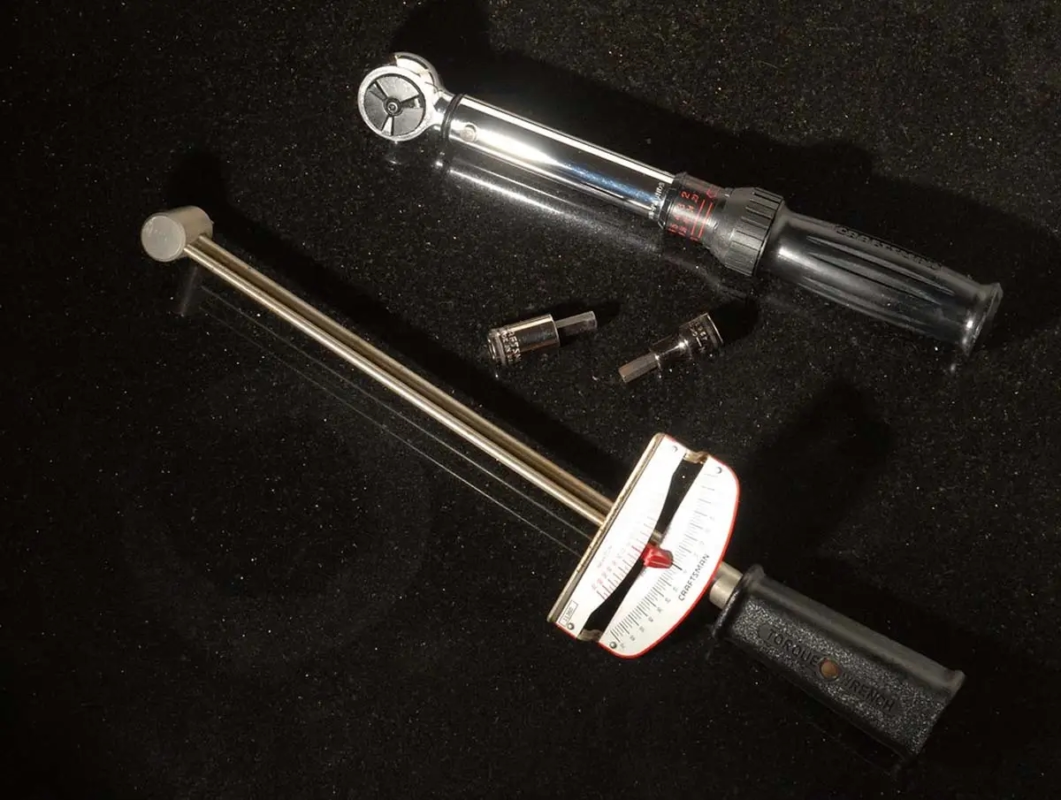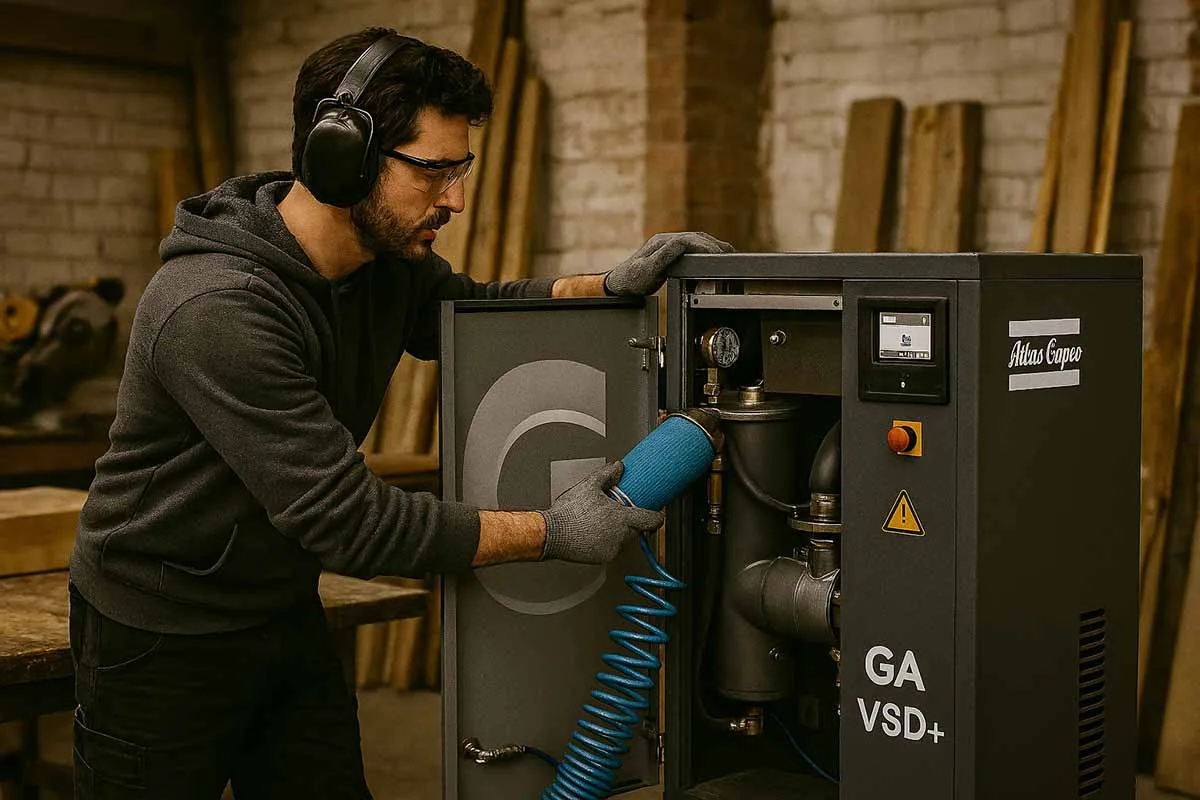Introduction: Why Choosing the Right CNC Machine Matters?
CNC machines are the backbone of modern manufacturing, offering precision, repeatability, and speed across industries. But here’s the catch: not all CNC machines are created equal. The right choice can streamline production, boost profits, and future-proof your operations. The wrong one? It can become a very expensive headache.
So, how do you choose the best CNC machine for your industry? Let’s break it down step by step.
1. Understand Your Industry Needs First
Before comparing machine specs, take a hard look at your production needs:
- Automotive → High-volume, durable, and multi-axis machining.
- Aerospace → Ultra-precise, lightweight materials, often 5-axis or more.
- Medical → Micron-level accuracy for implants and devices.
- Woodworking & Furniture → Large work areas and fast cutting.
- Metal Fabrication → Heavy-duty, high-torque machines for tough alloys.
👉 Tip: Start with your end products and work backward. The material, volume, and complexity of parts should define your CNC requirements.
2. Choose the Right CNC Machine Type
Different industries rely on different CNC machines. Here are the main types:
- CNC Milling Machines → Ideal for complex parts, popular in aerospace, medical, and automotive.
- CNC Lathes/Turning Centers → Best for cylindrical parts, used in automotive, energy, and general manufacturing.
- CNC Routers → Perfect for woodworking, signage, and plastics.
- CNC Plasma & Laser Cutters → Suited for sheet metal, fabrication, and construction.
- Multi-Axis CNC Machines (4-axis, 5-axis, etc.) → Advanced flexibility for industries with complex geometries.
3. Key Factors to Evaluate Before Buying
When choosing a CNC machine, compare these essential criteria:
- Precision & Tolerance Levels → How accurate does your industry require?
- Machine Size & Work Envelope → Does it fit your production floor and part size needs?
- Material Capability → Steel, aluminum, titanium, composites, wood, plastics — ensure compatibility.
- Automation Options → Tool changers, pallet changers, and robotics integration.
- Software & Controls → User-friendly interfaces reduce training time.
- Cost & ROI → Don’t just look at upfront cost — calculate productivity gains and payback period.
4. Industry-Specific CNC Considerations
- Automotive Manufacturing: Focus on speed, repeatability, and multi-machine integration for high-volume parts.
- Aerospace: Look for multi-axis, thermal stability, and vibration control.
- Medical Devices: Choose machines with micro-machining capability and strict quality certifications.
- Furniture & Woodworking: Large-format CNC routers with dust management systems are a must.
- General Metalworking: Prioritize rigidity, tool life, and versatility to handle varied projects.
5. Common Mistakes to Avoid
- Buying on price alone → Cheaper machines often mean higher downtime and maintenance costs.
- Ignoring software compatibility → Ensure CAM software and controls fit your existing systems.
- Overlooking training and support → A great machine without skilled operators is just an expensive paperweight.
- Failing to plan for growth → Choose a machine that can scale with your future needs.
6. Innovations Changing CNC Selection
Modern CNC machines are no longer just about cutting metal or wood — they’re part of smart factories. Look for features like:
- AI-assisted machining
- IoT connectivity for predictive maintenance
- Energy-efficient designs
- Hybrid machines combining additive and subtractive processes
These innovations can give your industry a competitive edge.
Conclusion: Making the Right Choice
Choosing a CNC machine is not just about specs — it’s about aligning technology with your industry’s needs. By considering production requirements, machine types, key features, and future trends, you’ll be positioned to make a smart, long-term investment.
Funny Fact
Did you know some CNC machines are so accurate they can carve a human hair lengthwise? Imagine the operator explaining that part during lunch break.
Lesser-Known Fact
The very first CNC machine (developed in the 1950s) was programmed using punched paper tape — the ancestor of today’s advanced CAD/CAM systems.
Further Read
- CNC Buying Guides & Reviews: Your Complete Resource
- CNC Machine Investment Cost Breakdown and ROI Explained
- CNC Software Reviews: Fusion 360, Mastercam, and More
- How to Choose a CNC Machine for Your Industry?
- Top CNC Brands Compared: Haas vs. Mazak vs. DMG Mori
Call For You
What’s the biggest challenge you face in choosing CNC machines for your industry? Share your thoughts in the comments — your insights could help others avoid costly mistakes! And if you found this guide useful, don’t forget to share it with your network.





